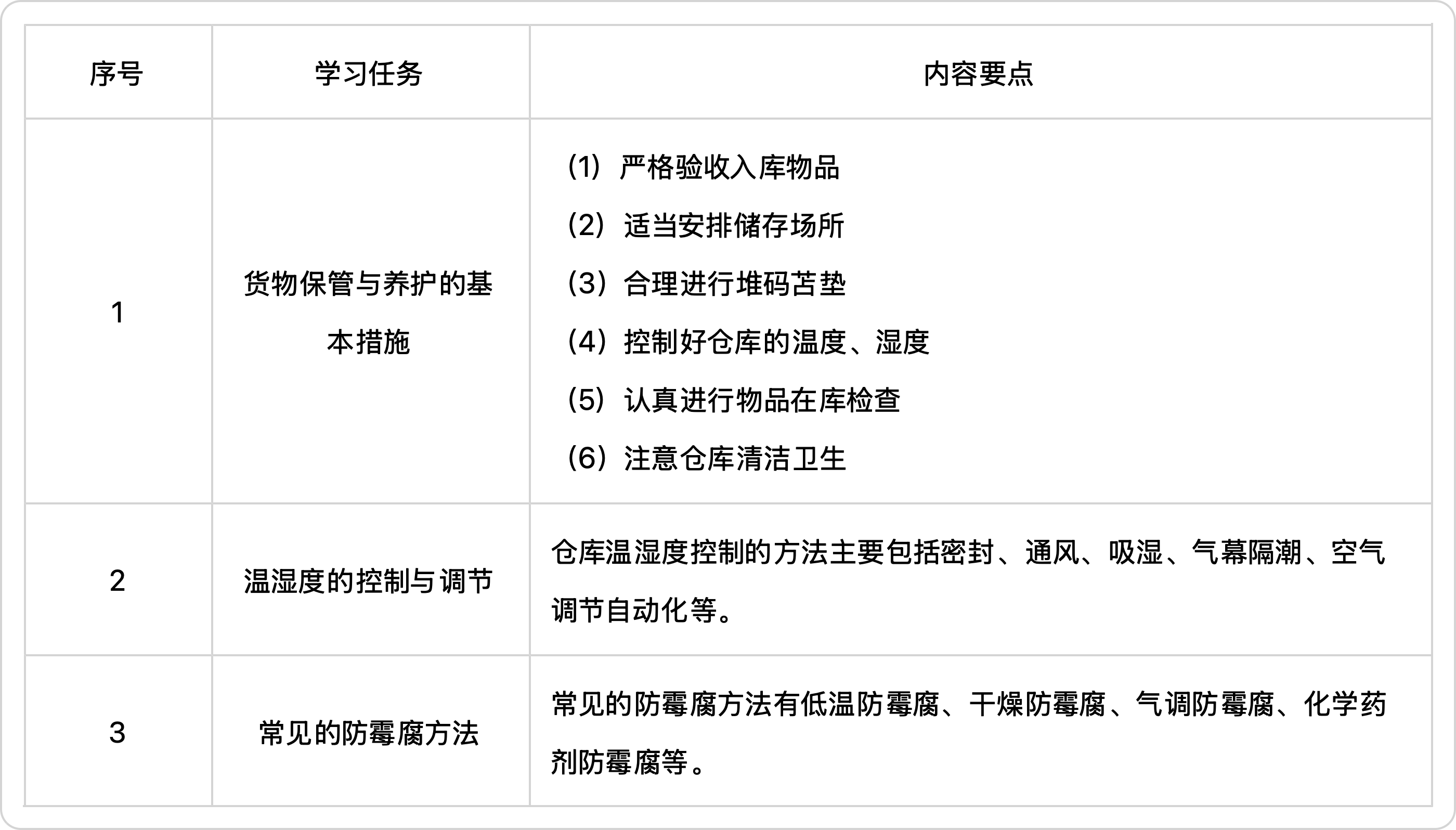任务5 货物保管与养护
Task Five Goods Storage and Maintenance
任务导入 Lead-in
库存组张组长:小孙,昨天入库的那批货物状态如何
库存组员孙林:组长,那批货物已经完成堆码和苫垫,货物状况一切正常。
库存组张组长:最近天气高温多雨,一定要做好库内温湿度的控制,保证货物的质量。
库存组员孙林:我一定会控制好仓库的温湿度,及时采取通风吸潮等措施,保证货物质量的安全。
库存组张组长:另外,注意仓库卫生,防止微生物虫类的滋生繁殖,危害货物。
库存组员孙林:好的组长,我会按时打扫库内卫生进行库内检查,请放心。
Leader Zhang of Inventory Team: Xiao Sun, what was the status of the batch of goods that were received yesterday?
Member Sun Lin of Inventory Team: Team leader, the batch of goods has been stacked and padded, and the condition of the goods is normal.
Leader Zhang of Inventory Team: Recently, the weather has been hot and rainy, so it is necessary to control the temperature and humidity inside the warehouse to ensure the quality of the goods.
Member Sun Lin of Inventory Team: I will definitely control the temperature and humidity of the warehouse, take timely measures such as ventilation and moisture absorption, and ensure the safety of the quality of the goods.
Leader Zhang of Inventory Team: In addition, pay attention to warehouse hygiene to prevent the growth and reproduction of microorganisms and insects, which may harm the goods.
Member Sun Lin of Inventory Team: Alright team leader, I will clean and inspect the warehouse on time. Please rest assured.
货物保管与养护的基本措施 Basic Measures for Goods Storage and Maintenance
严格验收入库物品
要防止物品在储存期间发生各种不应有的变化,首先在物品入库时要严格验收,弄清物品及其包装的质量状况。
适当安排储存场所
由于不同物品的性能不同,对保管条件的要求也不同。因此,对各种物品存放地点应妥当安排,保管条件不同的物品、灭火措施不同的物品、操作条件不同的物品等不能混存。
合理进行堆码苫垫
阳光、雨雪、地面潮气对物品的质量影响很大,容易引起物品受潮、霉变等。因此,要做好货垛下垫隔潮工作和货垛的苫盖工作。货垛的垛形与高度,应根据各种物品的性能和包装材料,结合季节气候等情况进行合理的堆码。
控制好仓库的温度、湿度
仓库的温度、湿度,对物品的质量影响很大、各种物品由于其本身的特性,对温度、湿度都有一定的适用范围,超过这个范围,物品的质量就会发生不同程度的变化。因此应根据库存物品的性能要求,采取密封、通风、吸潮等措施,保证物品质量的安全。
认真进行物品在库检查
做好物品的在库检查,对维护物品安全具有重要作用。库存物品质量发生变化,如不能及时发现并采取措施,就会造成损失。因此,对库存物品的质量情况,应进行定期或不定期的检查。一旦发现异常,就应该分析发生问题的原因,及时采取相应的措施消除隐患。
注意仓库清洁卫生
储存环境不清洁,容易引起微生物、虫类的滋生繁殖,危害物品。因此,对仓库内外环境应该经常清扫,彻底铲除仓库周围的杂草、垃圾等物,必要时使用药剂杀灭微生物和潜在的害虫。
Strictly inspect and accept inbound items
To prevent various unexpected changes in items during storage, strict inspection must be carried out before the items are stored to determine the quality of the items and their packaging.
Properly arrange storage locations
Due to the different properties of different items, the requirements for storage conditions are also different. Therefore, the storage locations for various items should be properly arranged, and items with different storage conditions, fire extinguishing measures, and operating conditions should not be mixed.
Proper stacking and cushioning for the goods
Sunlight, rain, snow, and ground moisture have a significant impact on the quality of items, which can easily cause them to become damp, moldy, etc. Therefore, it is necessary to do a good job of moisture insulation under the cargo stack and covering the cargo stack. The stacking shape and height of goods should be reasonably arranged based on the performance of various items and packaging materials, combined with seasonal and climatic conditions.
Control the temperature and humidity of the warehouse well
The temperature and humidity in the warehouse have a significant impact on the quality of items. Due to their inherent characteristics, various items have a certain range of applicability for temperature and humidity. Beyond this range, the quality of items will change to varying degrees. Therefore, measures such as sealing, ventilation, and moisture absorption should be taken according to the performance requirements of inventory items to ensure the quality and safety of the items.
Conduct a thorough inventory inspection of items in the warehouse
Proper inventory inspection of items plays an important role in maintaining their safety. Changes in the quality of inventory items, if not detected and addressed in a timely manner, can result in losses. Therefore, regular or irregular inspections should be conducted on the quality of inventory items. Once an abnormality is detected, the cause of the problem should be analyzed and corresponding measures should be taken in a timely manner to eliminate the hidden danger.
Pay attention to the cleanliness and hygiene of the warehouse
Unclean storage environment can easily cause the growth and reproduction of microorganisms and insects, posing a threat to the goods. Therefore, the internal and external environment of the warehouse should be regularly cleaned, thoroughly eliminating weeds, garbage, and other materials around the warehouse. If necessary, pesticides should be used to kill microorganisms and potential pests.
温湿度的控制与调节 Control and Regulation of Temperature and Humidity
仓库温湿度控制的方法很多,主要包括密封、通风、吸湿、气幕隔潮、空气调节自动化等。
密封
密封是指利用绝热性与防潮性较好的材料,把物品尽可能严密地密封起来,减少外界不良气候的影响,以达到安全保管的目的。常用的密封材料包括防潮纸、塑料薄膜、油毡纸、稻谷壳、面料和泡花碱等。密封的方式包括整库密封、按垛密封、按货架(柜、橱)密封、按件(箱)密封等。
通风
通风是指利用库内外空气温度不同而形成的气压差,使库内外空气形成对流,来达到调节库内温度、湿度的目的。通风的方式包括自然通风和机械通风。
吸湿
吸湿是指采用吸潮剂或吸湿机械,通过直接降低仓库空气中水分的方法,以降低仓库的湿度。吸湿的方式包括吸潮剂吸湿和机械吸湿。
气幕隔潮
气幕俗称风帘,是利用机械鼓风产生强气流。在仓库门口形成一道气流帘子其风速大于库内外的流速,可以阻止库内外空气的自然交换,从而防止库外潮空气进入库内。
空气调节自动化
空气调节自动化简称空调自动化,是借助于自动化装置,使空气调节过程在不同程度上自动地进行。
There are many methods for controlling temperature and humidity in warehouses, including sealing, ventilation, moisture absorption, air curtain insulation, and automated air conditioning.
Sealing
Sealing refers to the use of materials with good insulation and moisture resistance to seal items as tightly as possible, reducing the impact of adverse weather conditions from the outside, in order to achieve safe storage. Common sealing materials include moisture-proof paper, plastic film, felt paper, rice husks, fabrics, and foam alkali. The sealing methods include whole warehouse sealing, stack sealing, shelf (cabinet, cabinet) sealing, and piece (box) sealing.
Ventilation
Ventilation refers to the use of the pressure difference formed by the temperature difference between the air inside and outside the warehouse to create convection between the air inside and outside the warehouse, in order to regulate the temperature and humidity inside the warehouse. The ventilation methods include natural ventilation and mechanical ventilation.
Moisture absorption
Moisture absorption refers to the use of moisture absorbing agents or machinery to directly reduce the moisture in the air of a warehouse in order to lower its humidity. The methods of moisture absorption include hygroscopic agents and mechanical moisture absorption.
Air curtain moisture barrier
An air curtain, commonly known as a wind curtain, is a device that generates strong airflow through mechanical blowing. Forming an airflow curtain at the entrance of the warehouse with a wind speed greater than the flow velocity inside and outside the warehouse can prevent natural exchange of air inside and outside the warehouse, thereby preventing humid air from entering the warehouse.
Air conditioning automation
Air conditioning automation, abbreviated as air conditioning automation, refers to the use of automated devices to automate the air conditioning process to varying degrees.
常见的防霉腐方法 Common Methods for Preventing Mold and Decay
低温防霉腐
通过降低物品本身及仓库内的温度,一方面抑制生物性物品的呼吸、氧化过程,使其分解受阻;另一方面抑制霉腐微生物的代谢与生长,从而达到防霉腐的目的。
干燥防霉腐
通过减少仓库环境中的水分和物品本身的水分,使霉腐微生物得不到生长繁殖所需水分而达到防霉腐。
气调防霉腐
(1)密封法:是保证气调防霉腐的关键,以不透气为宜。并且应该安装测气、测温、充气、抽气口、取样口等装置。以垛密封简便易行、效果好。
(2)降氧法:目前采用较普遍的方法有人工降氧法和自然降氧法
化学药剂防霉腐
常用的防霉剂有百菌清、多菌灵、灭菌丹、菌霉净、尼泊金酯类、苯甲酸及其钠盐等。
Low temperature mold and rot prevention
By reducing the temperature of the items themselves and in the warehouse, on the one hand, it inhibits the respiration and oxidation processes of biological items, hindering their decomposition; On the other hand, it inhibits the metabolism and growth of mold and rot microorganisms, thereby achieving the goal of preventing mold and rot.
Dry, mildew proof and rot proof
By reducing the moisture in the warehouse environment and the moisture in the items themselves, mold and rot microorganisms cannot obtain the necessary moisture for growth and reproduction, thus achieving mold and rot prevention.
Modified atmosphere mold prevention and corrosion control
(1) Sealing method: It is the key to ensuring the anti mold and anti-corrosion properties of the controlled atmosphere, and it is advisable to use non breathable materials. And devices such as gas measurement, temperature measurement, inflation, suction port, sampling port, etc. should be installed. Stacking and sealing is simple, easy to implement, and effective.
(2) Oxygen reduction method: Currently, the commonly used methods include artificial oxygen reduction and natural oxygen reduction
Chemical agents for preventing mold and decay
The commonly used antifungal agents include Baijunqing, Duojunling, Shajiedan, Junmingjing, Nipagin esters, benzoic acid and its sodium salt, etc.
专业核心词汇 Vocabulary
保管 custody
养护 maintain
堆码苫垫 stacking and cushioning
在库检查 in stock inspection
温度 temperature
湿度 humidity
密封 seal
通风 ventilate
吸湿 moisture absorption
防霉腐 anti mold and anti-corrosion
学习拓展 Further Reading
危险品的养护与保管
危险品是指易燃易爆、有强烈腐蚀性、有毒和放射性物品的总称,比如汽油、炸药、强酸、强碱、苯、过氧化物等等。在生产、运输、存储、销毁时应该科学妥善的处理。图片中是一些经常见到的危险品标志。对这类物品的养护要求如下:
危险品应存放于专用库场内,并设有明显的标志。厂区配备相应的安全设施和应急器材。
库场管理人员应经过专门训练,了解和掌握各类危险品保管知识,经考试合格后方可入场。
危险品进入库场时,库场管理人员应严格把关,性质不明或者包装不符合规定的,库场管理人员有权拒收。
危险品应堆放牢固,标记朝外或者朝上,一目了然。
照明用灯应该选择专用的防爆灯,以避免生成电火花。
危险品库场应建立健全防火责任机制,确保各项安全措施的落实
Maintenance and Storage of Dangerous Goods
Dangerous goods refer to a general term for flammable, explosive, highly corrosive, toxic, and radioactive materials, such as gasoline, explosives, strong acids, strong bases, benzene, peroxides, and so on. Scientific and proper handling should be carried out during production, transportation, storage, and destruction. The pictures show some commonly seen dangerous goods signs. The maintenance requirements for such items are as follows:
1.Dangerous goods should be stored in dedicated warehouses and clearly marked. The factory is equipped with corresponding safety facilities and emergency equipment.
2.Warehouse management personnel should undergo specialized training, understand and master various knowledge of dangerous goods storage, and only enter after passing the examination.
3.When dangerous goods enter the warehouse, the warehouse management personnel should strictly control them. If the nature is unclear or the packaging does not comply with regulations, the warehouse management personnel have the right to refuse to accept them.
4.Dangerous goods should be stacked firmly, with markings facing outwards or upwards, clearly visible at a glance.
5.Special explosion-proof lamps should be selected for lighting to avoid generating electric sparks.
6.Dangerous goods warehouses should establish and improve fire prevention responsibility mechanisms to ensure the implementation of various safety measures
知识巩固 Consolidation
判断题
分析下列货物保管与养护方法,属于温湿度控制方法的请画○,属于防霉腐方法的请画△。
1.通风法( )
2.低温法( )
3.干燥法( )
4.降氧法( )
5.化学药剂法( )
答案:1.○ 2.△ 3.△ 4.△ 5.△选择题
1.影响仓储商品质量变化的环境因素很多,其中最重要的是( )。
A.仓储的温湿度
B.微生物的影响
C.虫害的蛀食
D.化学物质的侵蚀
答案:A2.既可以防潮、防热、防干裂、防冻,又可以防霉、防虫、防锈蚀、防老化的商品养护措施是( )。
A.密封
B.通风
C.吸潮
D.药物防治
答案:A3.由于不慎将茶叶和汽油储存在一起,使茶叶发生味道的变化以致不能用的原因( )。
A.物理存在状态的变化
B.破损变化
C.串味变化
D.渗漏变化
答案:C技能训练
训练任务 进行货物保管与养护作业
【训练目标】
掌握货物保管与养护的内容,能根据货物的特点及状态进行保管与养护作业。
【训练内容】
本训练以振华仓储有限公司具体业务为背景,要求学生按照训练任务中的内容及步骤要求进行货物保管与养护作业。
背景资料:
振华仓储中心在每月例行库存盘点时,发现有部分物品虽然保质期还未过,但已经出现了霉变。库存张组长得知此事后安排库存组员孙林对仓库进行检查和防护。
【训练步骤】
1.检查在库物品。
为了了解和掌握物品在保管过程中的质量变化情况,重点对以下物品进行检查:
(1)入库时已发现问题的物品
(2)性能不稳定或不够熟悉的物品
(3)已有轻微异状尚未处理的物品
(4)储存时间较长的物品。
检查完毕后填写表2.5.1 仓库日常检查记录表。
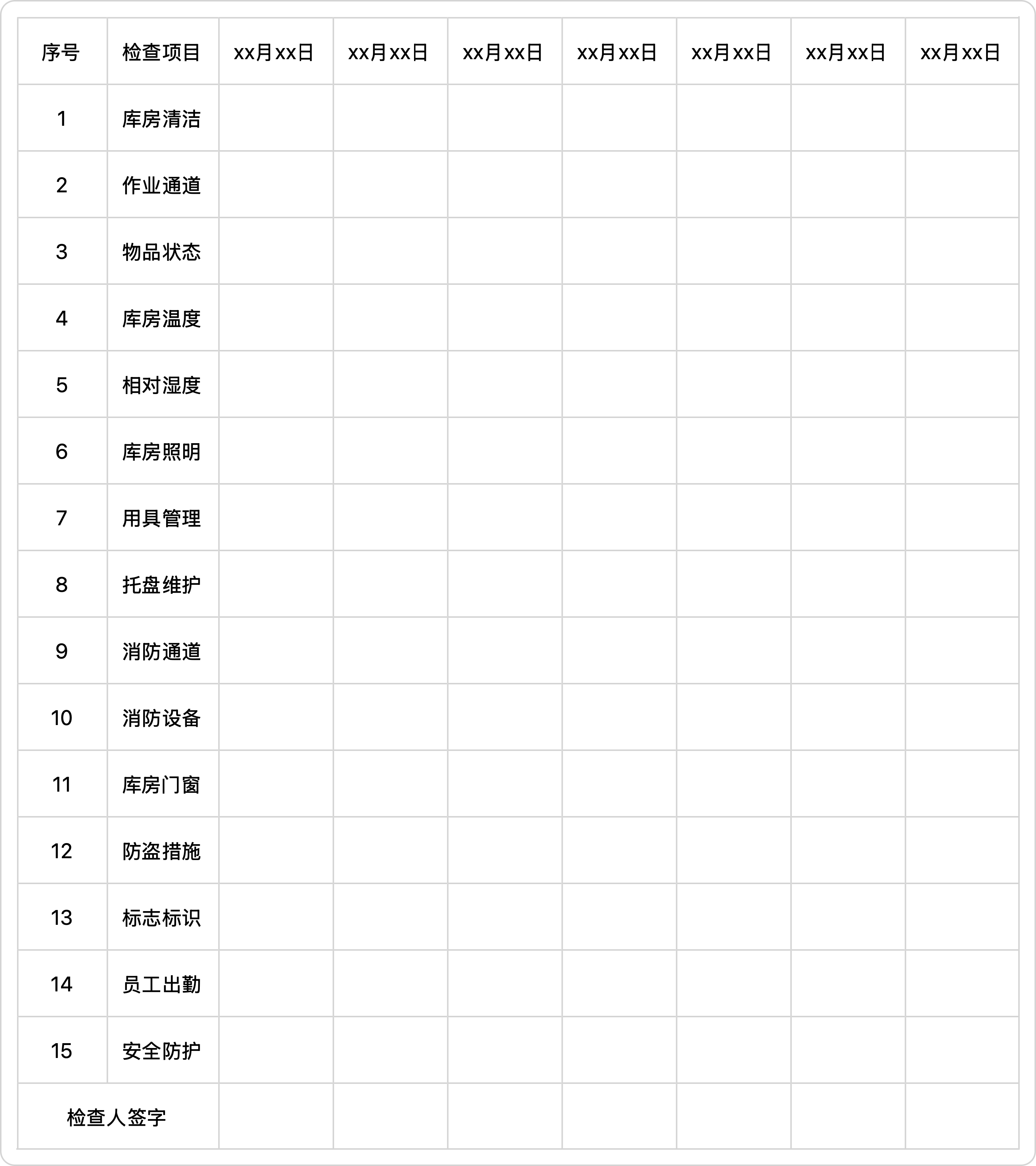
当发现物品有异状情况时,要认真填写表2.5.2 物品异状情况表并及时向仓库主管汇报,进行正确处理,以使物品损失降到最低。
时间: 年 月 日
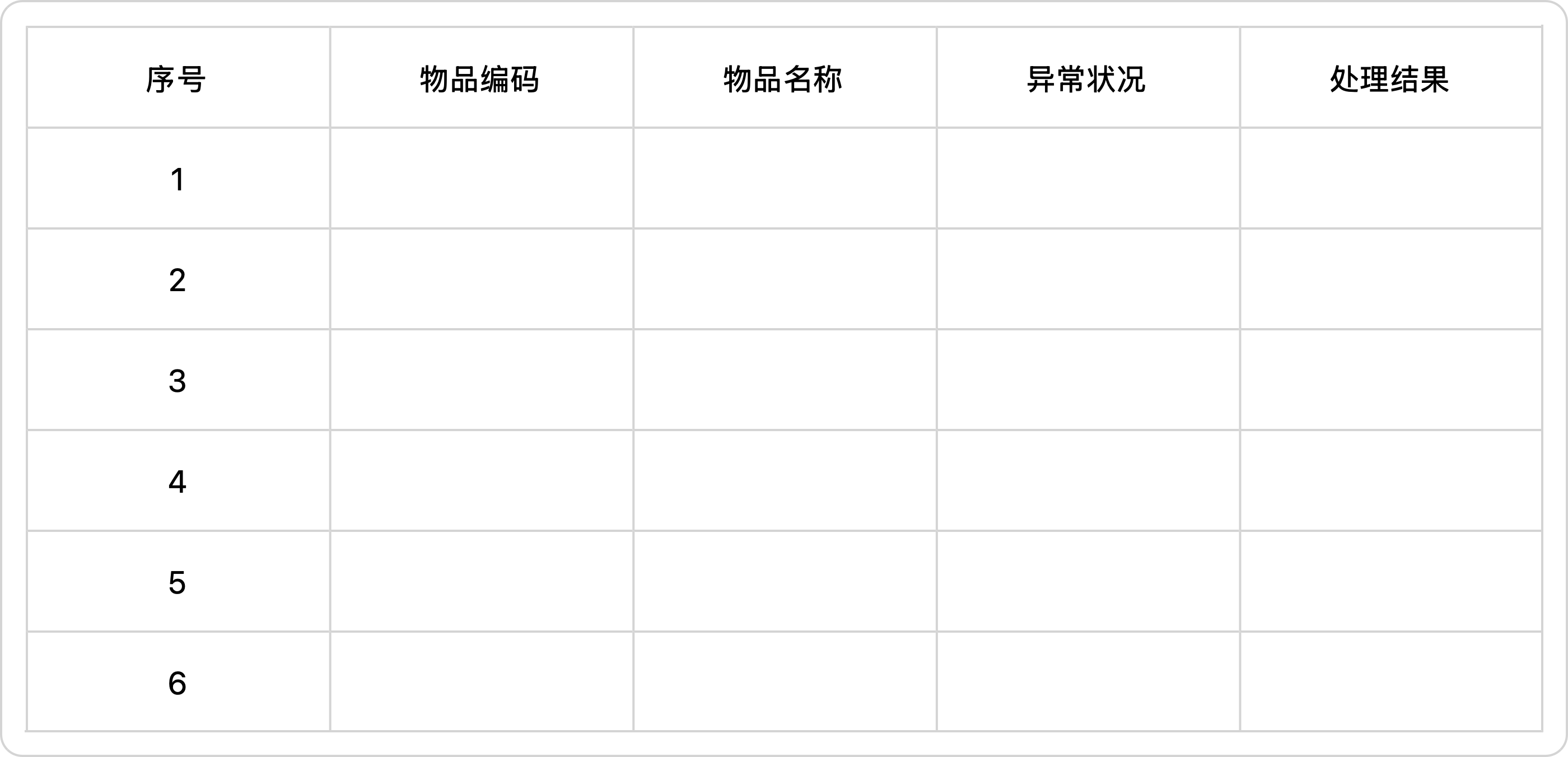
2.测量并控制仓库的温湿度,填写表2.5.3 仓库温湿度记录表。
库号: 储存物品:
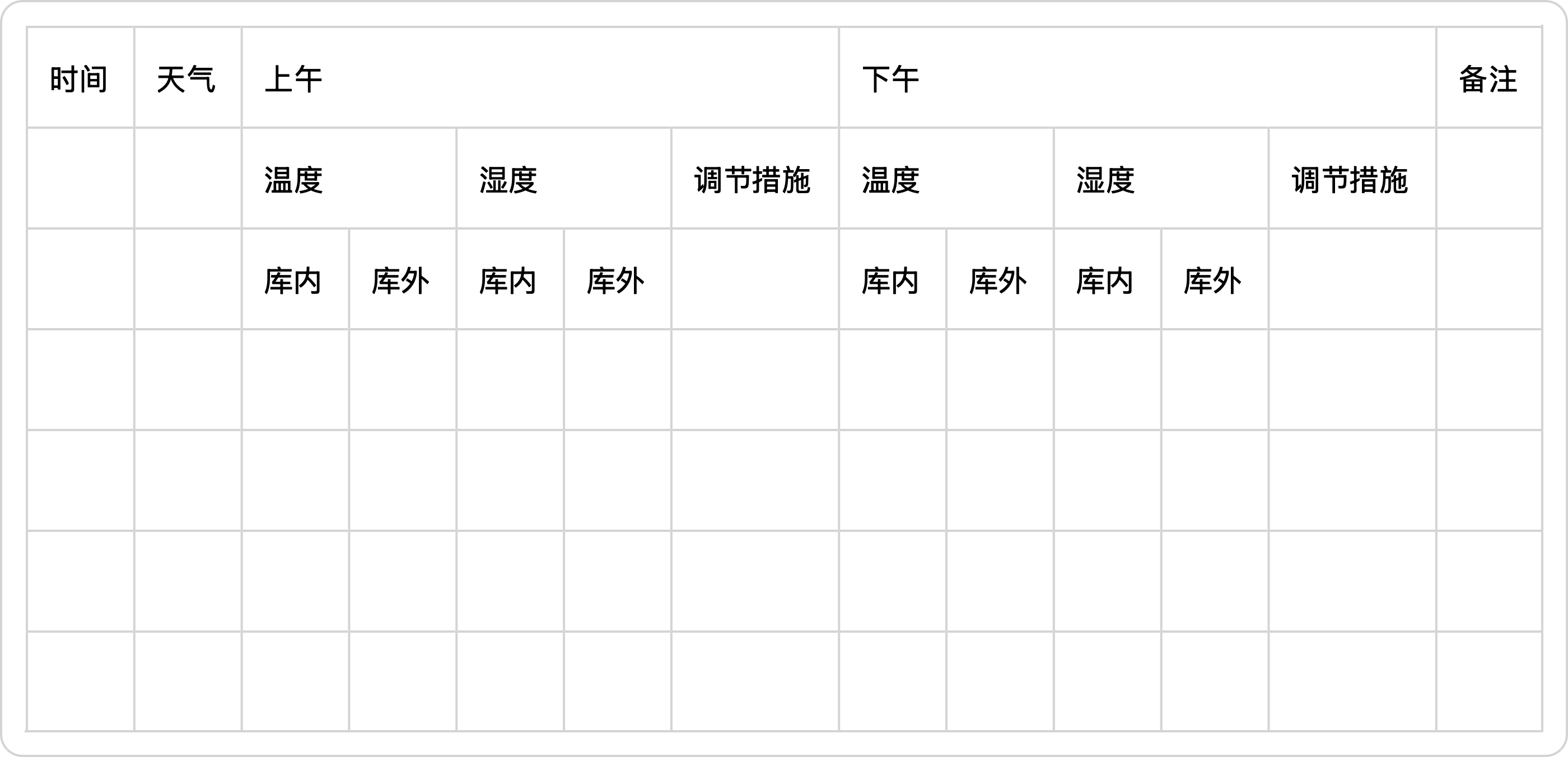
3.防治物品的霉腐。
【考核评价】
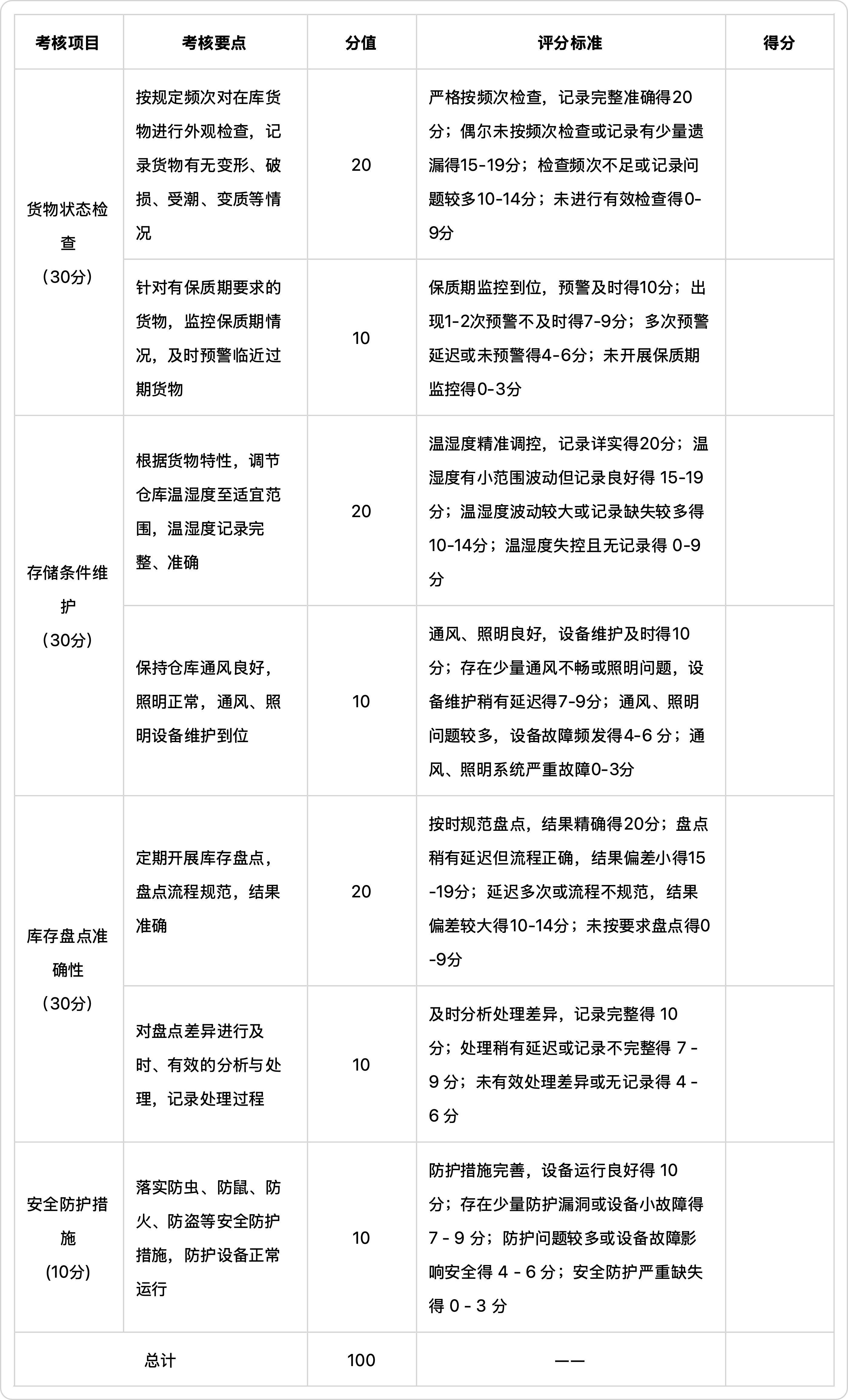
微课
货物保管保养作业
课件
任务小结
本节课学习任务要点梳理如表所示:
